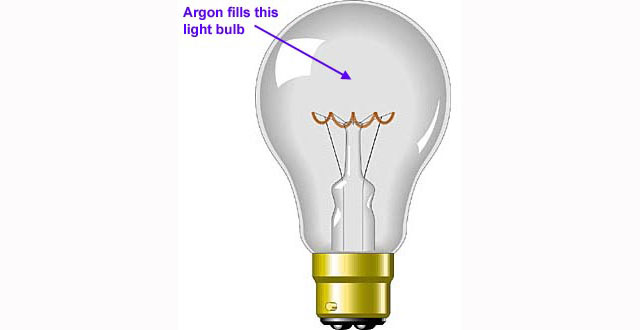Have you ever accidentally broken an electric bulb and heard a sudden “bang”? It’s a startling sound that might leave you wondering, “Why does this happen?” Today, we will explore the science behind this phenomenon in a way that’s easy to understand for kids aged 10 to 14.

What’s Inside an Electric Bulb?
To understand why an electric bulb makes a bang when it breaks, we first need to know what’s inside the bulb. An electric bulb, or incandescent bulb, contains a thin wire called a filament. When electricity passes through the filament, it gets very hot and glows, producing light.

The filament is usually made of tungsten, which can withstand very high temperatures without melting. However, tungsten can burn away quickly if it comes into contact with oxygen. This is where the special environment inside the bulb comes in.

The Role of the Bulb’s Atmosphere
The inside of an electric bulb is either a vacuum or filled with an inert gas like argon. A vacuum means no air is inside the bulb, and inert gases are gases that do not react easily with other substances. Both of these environments help protect the filament from burning out too quickly.

- Vacuum: A space without any air or other gases.
- Inert Gas: A gas that doesn’t react easily with other things, like argon or nitrogen.
Breaking the Bulb
When you break an electric bulb, you shatter the glass that keeps the vacuum or inert gas inside. Let’s imagine the bulb is filled with a vacuum. The vacuum inside the bulb means there is no air pressure. Outside the bulb, the air pressure is much higher. When the glass breaks, air rushes into the bulb very quickly because it wants to fill the space where the vacuum was. This sudden inrush of air causes the “bang” sound you hear.

Why the Bang?
Here’s a simple way to think about it: Imagine you’re in a quiet room, and someone suddenly pops a balloon. The loud “pop” is due to the sudden change in air pressure as the balloon bursts. The same thing happens with a bulb but is even more intense because the vacuum creates a bigger pressure difference.

When the glass of the bulb breaks:
- Pressure Difference: There is a significant difference between the pressure inside the bulb (very low) and outside the bulb (normal air pressure).
- Rapid Air Movement: Air rushes rapidly to fill the vacuum or mix with the inert gas.
- Sound Wave: This rapid movement of air creates a shockwave, which we hear as a bang.
What About Bulbs with Inert Gas?
For bulbs filled with inert gas instead of a vacuum, the bang still occurs but for a slightly different reason. Although the pressure difference is not as extreme as with a vacuum, there is still a sudden equalization of pressure. The gas inside the bulb is under slightly lower pressure than the air outside. When the bulb breaks, the air rushes in, and the inert gas mixes with the air, causing a similar but usually quieter bang.

Safety Tips
It’s important to handle electric bulbs carefully to avoid breaking them. Here are some tips to stay safe:
- Handle with Care: Always handle bulbs gently and avoid dropping them.

- Use Proper Tools: When changing a bulb, use a cloth or gloves to protect your hands.

- Dispose Properly: If a bulb breaks, clean up the glass carefully. Use a piece of cardboard to scoop up large pieces and tape to pick up smaller shards.

Fun Experiment (With Supervision!)
If you’re curious and want to see this in action (safely), you can try a simple experiment with adult supervision.
Materials Needed:
- A small glass jar with a lid
- A vacuum pump (or ask your science teacher to show you one in the lab)
- A balloon

Steps:
- Place the balloon inside the jar and seal the lid.
- Use the vacuum pump to remove the air from the jar.
- Observe what happens to the balloon as the air is pumped out.
You’ll notice the balloon expands as the air pressure inside the jar decreases, similar to how the air outside the bulb rushes in when it breaks. This experiment helps you understand how pressure differences work!
Conclusion
Now you know why an electric bulb makes a bang when it breaks. It’s all about the sudden change in air pressure. The vacuum or inert gas inside the bulb creates a unique environment that, when disrupted, results in a rapid equalization of pressure, creating that loud bang. Always remember to handle bulbs carefully and dispose of them properly to avoid any accidents.
For more interesting articles, please visit www.kidzherald.com





